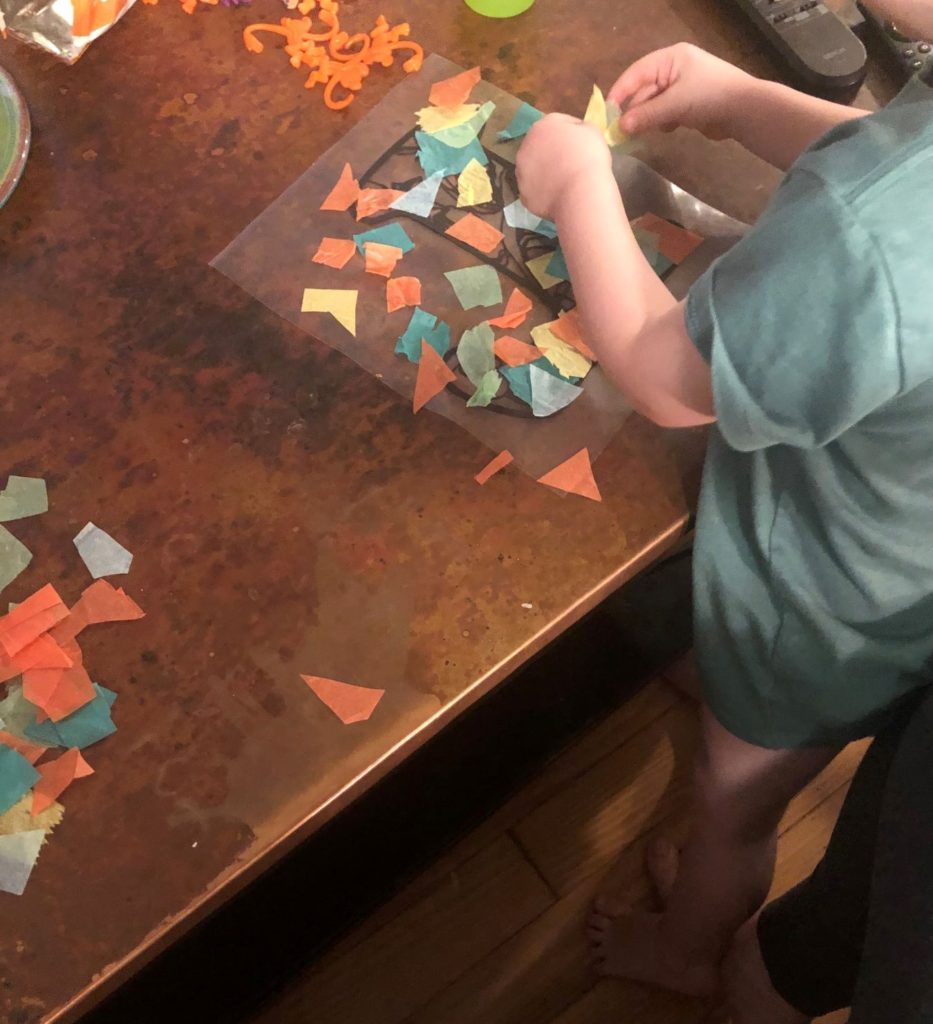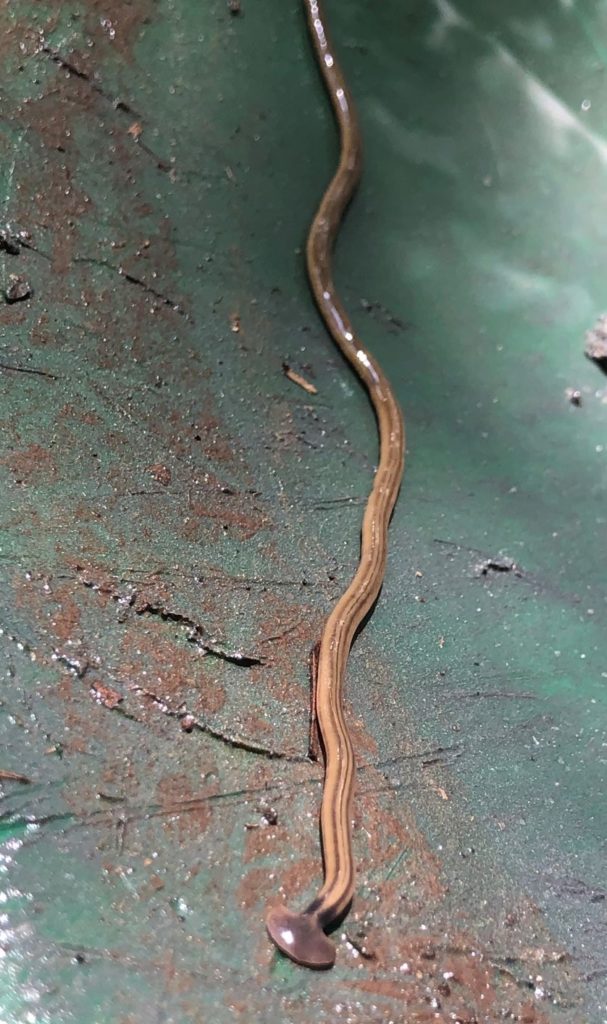Blog Update – COVID Reality
When I started this blog in January 2020, I had no idea what was in store in March. I don’t think anyone in the world did. I, like many, was running around like a crazy woman trying to commute 3 hours a day, work full …
When I started this blog in January 2020, I had no idea what was in store in March. I don’t think anyone in the world did. I, like many, was running around like a crazy woman trying to commute 3 hours a day, work full …
We had an exciting “Locryn Biology Lesson” today! It appears a small black rat snake decided to make it’s home in one of our birdhouses! Rat snakes are incredibly common in the Southeastern United States. Adult rat snakes typically grow to 3-5 feet in length. …
COVID19 times remain crazy. I will be perfectly honest that the last month got a little hectic in the Kitchen house. I had some big work deadlines that had to be accomplished (let’s not forget trying to accomplish those while teleworking with a toddler). Chores and blogging fell to the side as my priorities had to temporarily shift. We made it through thanks to lots of time outside, supportive family, and good friends!!
This post was inspired by a good friend, Hansje Gold-Krueck! She too is rocking the teleworking with a toddler life. Somehow she found time in all of her daily to-dos to construct and send Locryn the most amazing suncatcher activity! Thank you Hansje!
I will preface that Hansje has some incredible artistic skills! She cut the letter L (for Locryn) out of black cardstock, along with many of the animals that Locryn has met over our Locryn Biology Lessons. These animals include a moth, cricket, frog, skink, spider, turtle, rolly polly, and snail! For those of you wanting to recreate this activity at home, you could create any shape with a mostly open center.

She also sent us an assortment of colored tissue paper. Locryn had a blast working on his cutting skills. He cut ‘squares’ of varying sizes and colors!
I helped Locryn place the “L” cardstock on a sheet of sticky contact paper (which Hansje also sent us in our kit!!). I let Locryn go to town on covering his “L” with all the different cut tissue paper. When he was finished, I simply lay a second sheet of sticky contact paper down on top. Locryn was able to help smooth out any bubbles or wrinkles. DONE!

It is now hanging in our front window. I highly recommend this activity for toddlers as they are able to be involved in the whole project process: preparation (cutting squares), creating (placing the squares on the contact paper), and completion (smoothing out the contact paper and hanging in the window)!

To recap the necessary supplies: scissors, cardstock, tissue paper, sticky contact paper, and string/tape to hang it up!
Thank you again Hansje!
ENJOY!
It is not too late to plant some chamomile and lavender in your garden! Chamomile is easy to start by seed. Lavender, on the other hand, is particularly hard to start from seed, so I would suggest purchasing a small plant from your local garden …
Have you started seeing ladybugs in your garden yet? I hope so!! I have always felt that seeing ladybugs in your garden meant nothing but good luck! Locryn learned today that they are technically beetles and not bugs. He also learned that they consume almost …
We have had almost 4 days straight of rain in Mid-State South Carolina. Fungi and mold are popping up everywhere! Today, Locryn and I found some slim mold.
Slim mold is a group of unrelated eukaryotic organisms that can live freely as single cells, or they can group together to form a multicellular structure. Universally, there are over 900 species of slim mold!
Slim mold feeds on microorganisms that live in dead plant material. Tbey assist in the decomposition of dead vegetation and feed on bacteria, yeast, and fungi. They can be commonly found in soil, lawns, mulch, rain gutters, on the forest floor, or on deciduous logs.
ENJOY!
With our family home a lot more, I am finding that I need to stay more on top of the house cleaning. As we are constantly in the garden, we are always tracking dirt (and who knows what else) in on our shoes. Cleaning is …
This morning, Dada found an interesting creature for “Locryn’s Biology Lesson.” Have you ever seen a hammerhead worm?
Hammerhead worms are from the genus Bipalium. They are also sometimes called broadhead planarians (flatworms) due to their distinct shovel-like head shape. Depending on the species, they can grow between 5 and 20 cm long! They are invasive and thought to have been introduced to the United States and Europe through horticulture plants from tropical and subtropical areas. They prefer areas with high humidity and prey on earthworms, slugs, and insect larvae.
Side fact that was not explained to our toddler: The hammerhead worm wraps around it’s prey and secretes neurotoxins to immobilize it. The specific neurotoxin used is tetrodotoxin which is also found in pufferfish, blue-ringed octopus, and rough-skinned newts. Tetrodoxin was not thought to occur in any terrestrial invertebrate prior to discovery of the hammerhead worm.

ENJOY!
We have had a lot of rain lately in mid-State South Carolina due to Tropical Storm Arthur. Due to this extra rain, mushrooms have been popping up everywhere. Fungi require a lot of moisture which is why you tend to see them after a good …